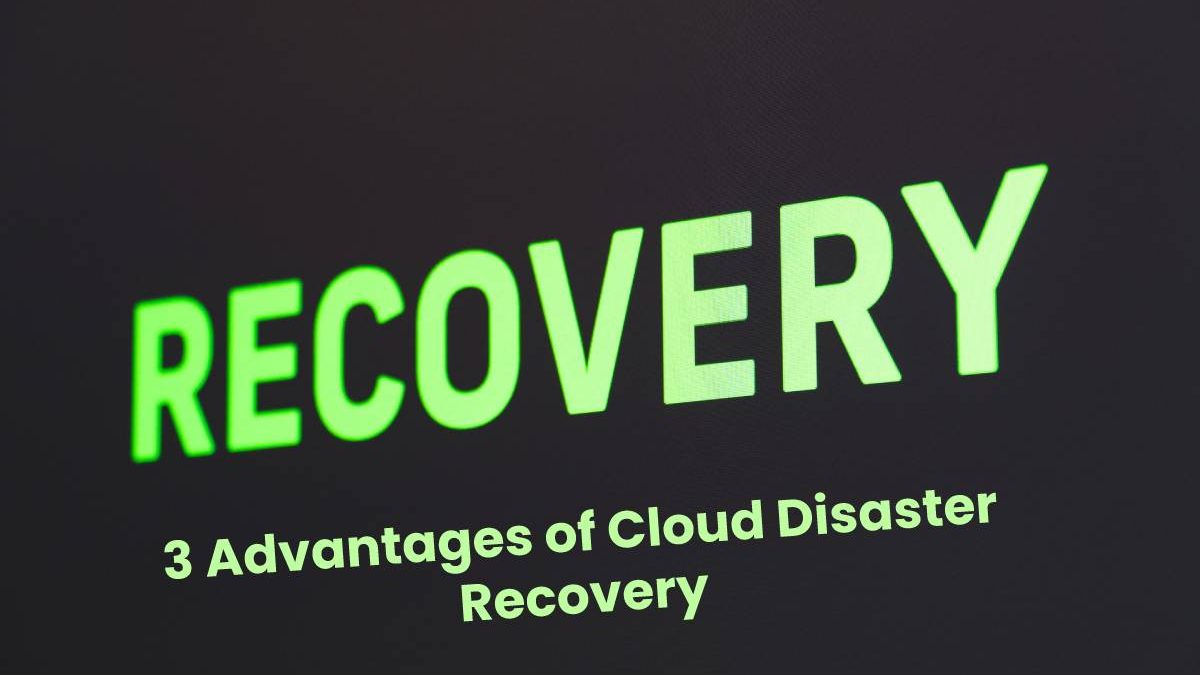Advantages of Cloud Disaster Recovery
Eventually, your business may suffer an outage. Whatever the cause, it’s imperative that you have a disaster recovery process and system in place to minimize downtime. Here’s why the cloud is your best option, particularly when compared against a more traditional approach.
Hardware failure. Natural disasters. Cyberattacks.
These crises all share one thing in common. They’re incidents you never want to deal with. And in a perfect world, you never would.
But we don’t live in a perfect world. Eventually, your business will suffer a service interruption of some kind. When that happens, it is imperative that you have a comprehensive business continuity and disaster recovery plan in place.
Part of that plan involves a disaster recovery solution. That’s where cloud computing comes in. Disaster-Recovery-As-A-Service (DRaaS) is arguably your best bet when it comes to helping your organization weather any storm.
Here are just a few of the advantages it has over traditional, hardware-based DR.
Table of Contents
More Affordable (in More Ways Than One)
With a cloud platform, you generally pay only for what you use. There’s no need to maintain any costly off-site infrastructure. Your cloud disaster recovery (DR) solution exists only when you need it to.
You’ll spend less on maintenance and installation. You won’t need to maintain off-site hardware, so your infrastructure will be less complex. And most cloud DR solutions are highly interoperable, meaning they can easily be integrated with multiple systems and platforms.
As you know, downtime is expensive. An estimate by leading analyst firm Gartner sets the average cost of an outage at around $5,600 per minute. Depending on the size and scope of your business, you might be looking at even higher costs.
You want to do everything in your power to minimize downtime. That’s precisely what a cloud platform allows you to do. You’ll be able to access and activate backups and redundant systems in a matter of minutes or have your systems automatically failover as-needed.
With the right cloud platform, you can even automate the entire recovery process from start to finish, allowing for a considerable reduction in time spent on crisis management.
More Reliability
Agility aside, the cloud’s decentralized nature represents one of its more compelling benefits. A cloud DR platform is not tied to any one location. You generally don’t need to worry about your backups being taken offline by a natural disaster, something that actually happened to some businesses during Hurricane Sandy in 2012.
In rare cases, cloud providers do lose connectivity. Like any technology, it’s not infallible. But that sort of thing happens significantly less than with more traditional, centralized infrastructure.
More Comprehensive
Thanks to the cloud’s affordability and ease of implementation, it allows your business to take a much more comprehensive approach to disaster recovery. You no longer need to focus solely on mission-critical systems and software. Instead, you can backup everything, protecting all of your systems, services, and files at minimal cost.
Mind you, you’ll still be able to restore critical systems first, but you won’t have to worry about losing non-critical ones.
Conclusion
When it comes to disaster recovery, the cloud is one of the most powerful tools in your arsenal. Thanks to its decentralized nature, ease of implementation, and flexibility, it allows you to protect yourself against virtually any crisis. More importantly, it allows you to do so without breaking the bank.
About the Author
Max Emelianov started HostForWeb in 2001. In his role as HostForWeb’s CEO, he focuses on teamwork and providing the best support for his customers while delivering cutting-edge web hosting services.

